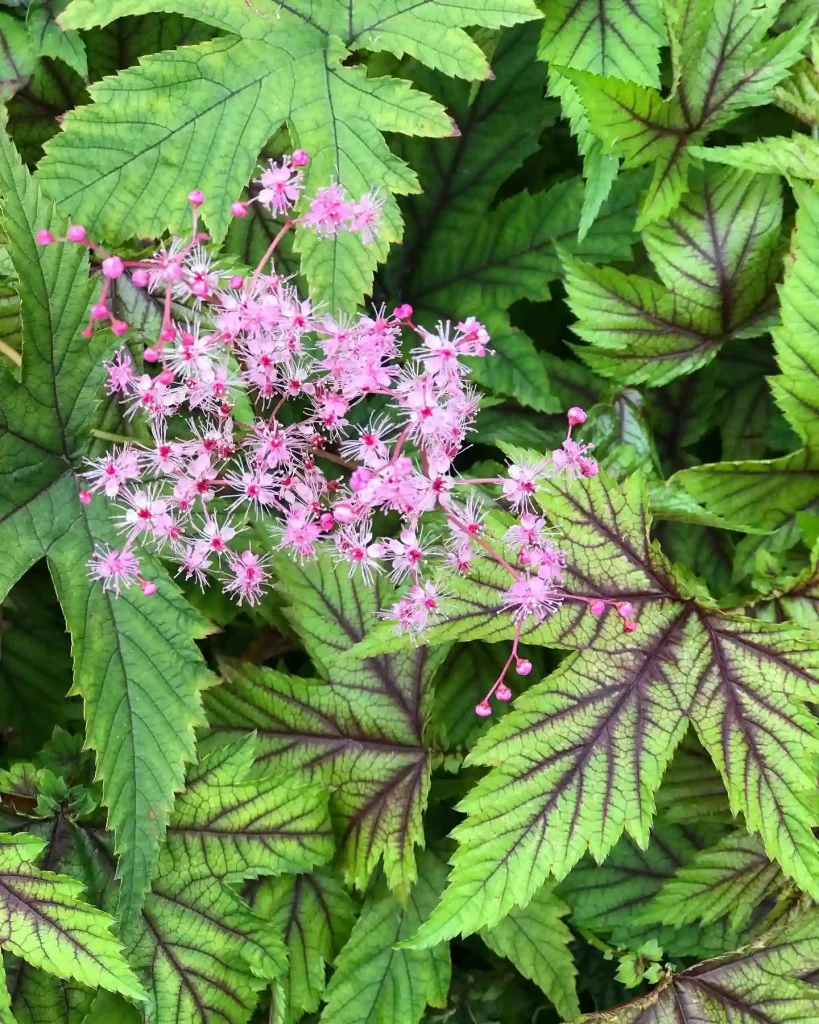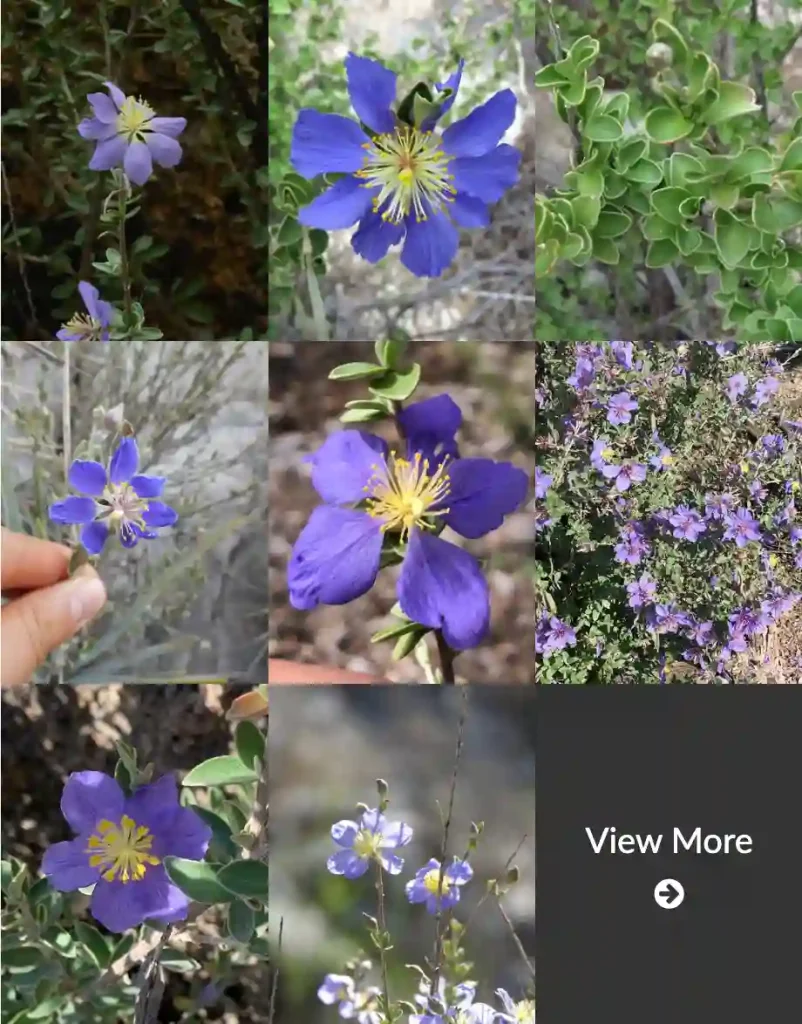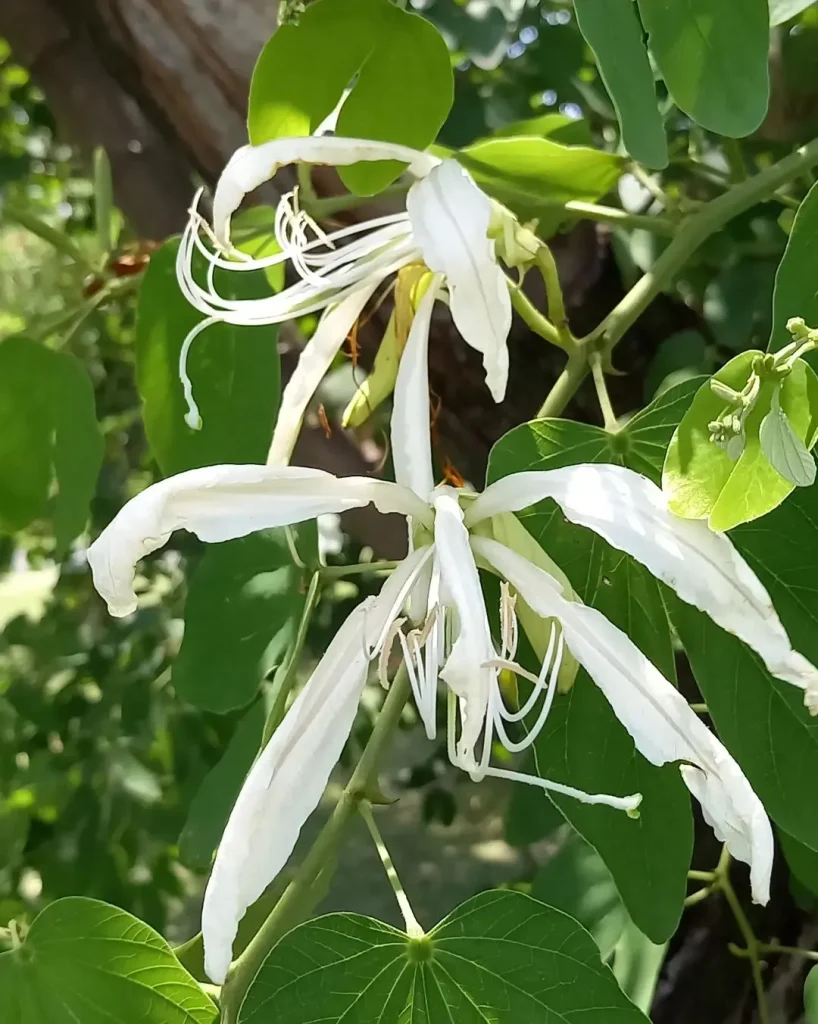FAQs About Euryops Athena Sun
When I first encountered the Euryops Athena Sun, I was drawn to its vibrant yellow blooms and its reputation as a hardy, low-maintenance plant. Over time, I’ve gathered a wealth of knowledge about this lovely plant, and I want to share some of the most common questions and answers I’ve come across. If you’re considering adding Euryops Athena Sun to your garden, or if you’re already caring for one, this guide should help you navigate through its needs and care.
103 Species in Genus Euryops
What Is Euryops Athena Sun?
Euryops Athena Sun, also known simply as Euryops, is a charming perennial shrub that hails from South Africa. It’s renowned for its cheerful yellow daisy-like flowers that appear in abundance, especially during the warmer months. The plant grows compactly, making it an excellent choice for both garden beds and containers. Its vibrant color and easy-going nature make it a favorite among gardeners who appreciate low-maintenance plants with a bright appearance.
How to Care for Euryops Athena Sun?
Caring for Euryops Athena Sun is straightforward, which is one of the reasons I find it so appealing. Here are the essentials for keeping your plant healthy and thriving:
- Sunlight: Euryops Athena Sun thrives in full sun. It needs at least 6 hours of direct sunlight each day. In my experience, it performs best in bright, sunny spots, whether that’s in your garden or on a balcony.
- Soil: Well-draining soil is crucial. This plant does not like to sit in waterlogged soil. I’ve found that a mix of loam, sand, and compost works well. Make sure the soil drains quickly to prevent root rot.
- Watering: Water Euryops Athena Sun moderately. Allow the top inch of soil to dry out between waterings. During the hotter months, it may need more frequent watering, but avoid overwatering.
- Fertilizing: Feed the plant with a balanced, water-soluble fertilizer once a month during the growing season (spring and summer). This keeps the blooms vibrant and encourages new growth.
- Pruning: Regular pruning helps maintain the plant’s shape and encourages more blooms. I usually trim back the spent flowers and any leggy growth to keep the plant looking tidy and healthy.
How to Propagate Euryops Athena Sun?
Propagating Euryops Athena Sun can be done through both seeds and cuttings, but I’ve found cuttings to be the more reliable method. Here’s how you can propagate it:
- Cuttings: Take 4-6 inch cuttings from the plant during the spring or early summer. Make sure the cuttings are from healthy stems. Remove the lower leaves and dip the cut end in rooting hormone.
- Planting Cuttings: Plant the cuttings in a well-draining potting mix. Keep them in a warm, bright location but out of direct sunlight. I mist the cuttings regularly to keep the humidity high.
- Roots and Transplanting: In a few weeks, the cuttings should develop roots. You can check this by gently tugging on the cuttings. Once well-rooted, transplant them into larger pots or directly into the garden.
What to Plant with Euryops Athena Sun?
Euryops Athena Sun pairs beautifully with other plants that complement its bright, yellow blooms and thrive in similar conditions. Here are some suggestions based on my experience:
- Lavender: The silvery foliage and purple flowers of lavender contrast nicely with the yellow of Euryops Athena Sun. Both plants enjoy full sun and well-draining soil.
- Geraniums: Their vibrant colors and low maintenance needs make geraniums a perfect companion. They both thrive in sunny spots and can handle similar watering requirements.
- Salvia: With its spikes of blue or purple flowers, salvia adds a striking contrast to the yellow blooms of Euryops Athena Sun. Both plants are drought-tolerant and prefer similar soil conditions.
- Lantana: This plant offers a mix of colors and attracts pollinators, creating a lively and colorful display alongside the Euryops Athena Sun.
Common Problems and Solutions
Even though Euryops Athena Sun is quite hardy, it’s not entirely immune to issues. Here’s what to watch for:
- Pests: Aphids and spider mites can sometimes be a problem. I usually manage these pests with insecticidal soap or by encouraging beneficial insects like ladybugs.
- Disease: Root rot can occur if the plant is overwatered or if the soil doesn’t drain well. To prevent this, ensure proper drainage and avoid watering too frequently.
- Leggy Growth: If the plant becomes leggy, it might not be getting enough sunlight. Move it to a sunnier spot and prune it back to encourage more compact growth.
Conclusion
Euryops Athena Sun is a delightful plant that brings a splash of sunshine to any garden. With its easy care requirements and vibrant blooms, it’s a wonderful addition to both beginner and experienced gardeners alike. By understanding its needs and addressing any potential issues promptly, you can enjoy a flourishing, cheerful plant that brightens up your space.
If i die, water my plants!



